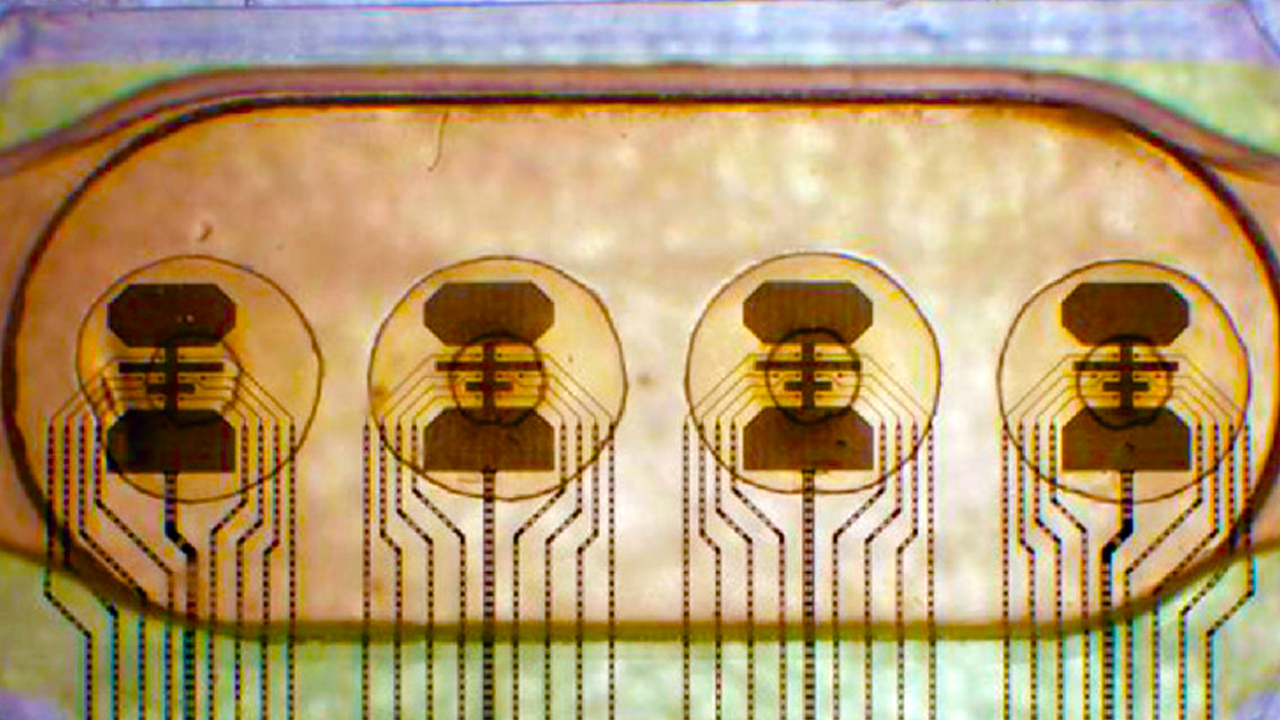Computer scientists have been trying to imitate the human brain for years. However, nature’s own design can sometimes be more efficient. A Swiss startup has developed a highly energy-efficient biocomputer by connecting 16 human brain cells. This new technology consumes much less energy than traditional computers.
What is the structure and advantages of the biocomputer?
Developed by a Swiss-based company called FinalSpark, this biocomputer uses human brain cells grown in a laboratory. These cells are arranged into small, spherical structures called organoids. A total of 16 organoids are located in four arrays, each connected by eight electrodes and a microfluidic system. This system provides water and nutrients to the cells.

This biocomputer developed by FinalSpark consumes a million times less energy than traditional digital processors. This offers a great advantage for technologies that require high processing power, such as artificial intelligence and large language models. For example, training a language model such as GPT-3 requires 6,000 times the annual energy consumption of an average human. In contrast, the human brain, with its 86 billion neurons, consumes only 0.3 kilowatt-hours of energy per day.
FinalSpark’s biocomputer can be controlled remotely, and brain organoids can remain alive for up to 100 days. During this time, the electrical activity of the cells is continuously measured. Currently, this system is available for free use for research purposes, and many research groups have started using the platform to conduct their experiments.
FinalSpark plans to develop its biocomputer platform to manage wider experimental protocols in the future. This includes adding new features such as injecting molecules and drugs into organoids. This will open new horizons for both computational technologies and organoid research. If you wish, you can read the original research article here.














